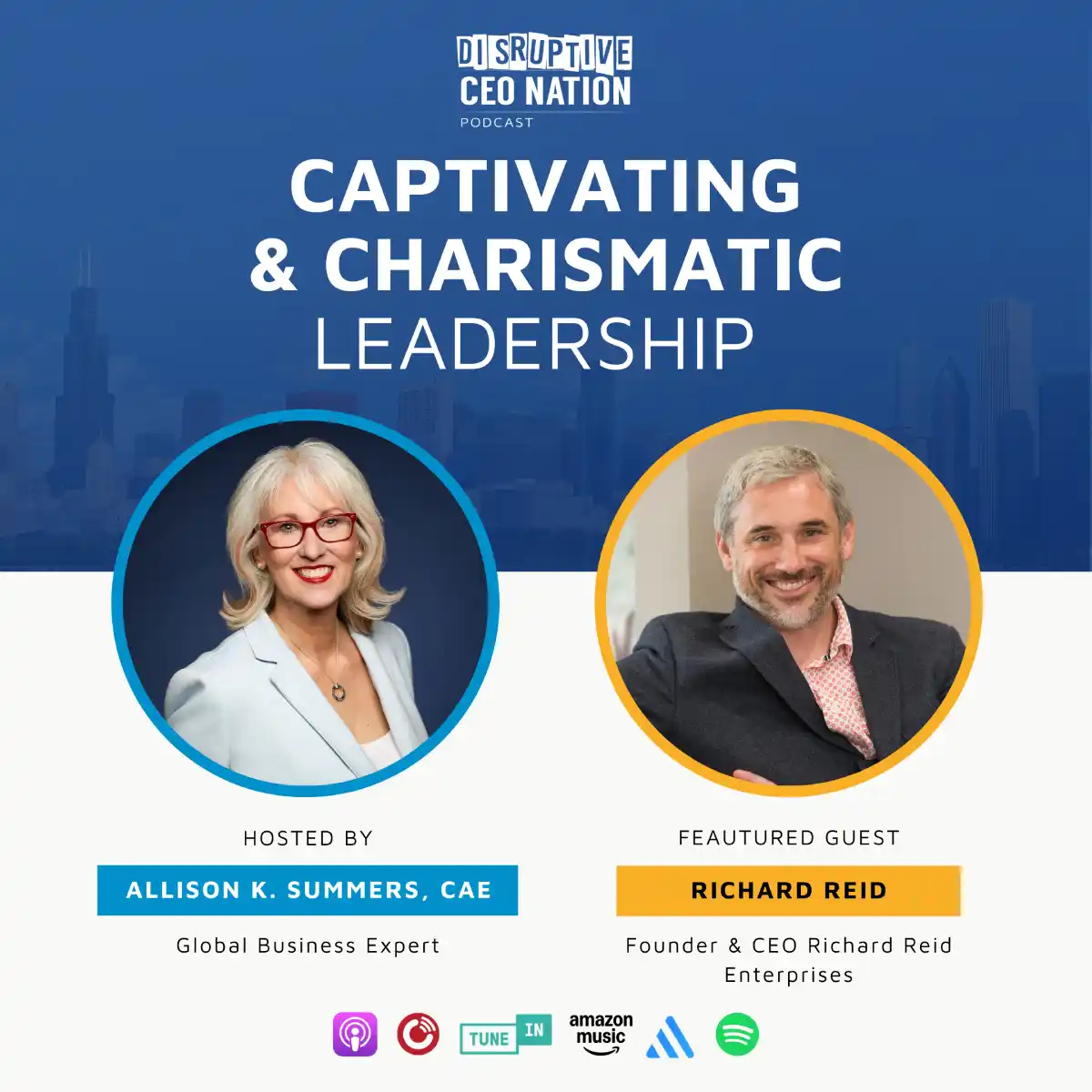How a Thriving Workplace Culture Drives Talent, Innovation, and Business Success
Introduction
In today’s dynamic and competitive business landscape, an organisation’s greatest asset is not its products, services, or financial resources but its people. Attracting, engaging, and retaining top talent has become a strategic imperative, and the key to achieving this lies in cultivating a strong, positive workplace culture.
Workplace culture encompasses the shared values, beliefs, and behaviours that define an organisation and shape the employee experience. It is the invisible force that drives collaboration, innovation, and performance. When culture is strong and aligned with business goals, it can be a decisive competitive advantage, enabling organisations to stand out in a crowded market.
This whitepaper explores how leaders can leverage culture as a strategic asset. It examines the tangible benefits of a thriving workplace culture and provides actionable strategies for cultivating and sustaining it within their organisations.
The Business Case for a Strong Workplace Culture
A strong, positive workplace culture is not just a “nice-to-have” but a strategic necessity. Organisations that invest in developing and maintaining a vibrant culture enjoy significant, measurable advantages.
Improved Employee Engagement and Retention
Employees working in cultures aligned with their values and aspirations are more engaged, productive, and likely to remain with the organisation long-term. Research shows that companies with highly engaged workforces outperform their peers by 147% in earnings per share.
Enhanced Innovation and Adaptability
Cultures that foster psychological safety, collaborative problem-solving, and continuous learning are better equipped to navigate uncertainty and respond to market shifts. Deloitte’s research indicates that organisations with strong cultures are 2.5 times more likely to be high-performing.
Stronger Financial Performance
Organisations that prioritise culture reap tangible financial rewards. A McKinsey study found that companies with healthy cultures achieve revenue growth up to 1.5 times higher than that of their industry peers.
Improved Employer Branding and Talent Attraction
When a company has a strong and positive culture, it becomes a powerful employer brand, enabling the organisation to attract top talent. Research shows that 46% of job seekers consider a company’s culture before applying.
The Role of Leadership in Shaping Culture
As the architects of organisational culture, leaders play a pivotal role in defining, modelling, and reinforcing the values, behaviours, and norms that shape the employee experience.
Lead by Example
Leaders must embody the cultural attributes they wish to instil throughout the organisation. Consistency between their words and actions is crucial in building trust and credibility.
Foster Open Communication
Transparent, two-way communication between leaders and employees is essential for aligning individuals around a shared purpose and empowering them to contribute meaningfully.
Empower and Recognise Employees
Leaders reinforce a culture of trust, ownership, and continuous improvement by giving employees autonomy, providing constructive feedback, and celebrating successes.
Champion Diversity and Inclusion
Inclusive leadership that values diverse perspectives and experiences fosters a sense of belonging, fuels innovation, and strengthens the organisation’s ability to serve diverse customer bases.
Strategies for Cultivating a Competitive Culture
Developing and sustaining a thriving workplace culture requires a deliberate, multifaceted approach. Leaders can employ the following strategies to create a culture that gives their organisations a competitive advantage.
1. Define and Communicate Cultural Values
Clearly articulate the core values that define your organisation’s identity and desired culture. Ensure these values are reflected in all aspects of the employee experience, from hiring to performance management.
2. Foster Continuous Feedback and Improvement
Implement regular feedback mechanisms, such as employee surveys and pulse checks, to gather insights and measure the health of your workplace culture. Use this data to identify areas for improvement and drive ongoing refinement of cultural initiatives.
3. Promote Employee Wellbeing and Work-Life Balance
Demonstrate your commitment to employee welfare through benefits, programmes, and policies that support physical, mental, and emotional well-being. Provide the flexibility and resources employees need to thrive both professionally and personally.
4. Invest in Learning and Development
Empower employees to grow their skills and explore new opportunities within the organisation. Offer comprehensive training, mentorship programmes, and opportunities for lateral mobility to foster a culture of continuous learning and advancement.
5. Celebrate Successes and Recognise Contributions
Implement a robust employee recognition system that celebrates both individual and team achievements. Public acknowledgement of exemplary behaviours reinforces the cultural attributes you wish to promote.
Overcoming Cultural Challenges
Cultivating a thriving workplace culture is not without its challenges. Leaders must be prepared to navigate potential roadblocks and maintain momentum throughout the transformation process.
1. Resistance to Change
Deeply ingrained habits and scepticism towards new cultural initiatives can slow progress. Leaders must address concerns transparently, involve employees in the change process, and demonstrate the tangible benefits of culture transformation.
2. Misalignment Between Leaders and Employees
If leaders fail to model the desired cultural behaviours, employees will unlikely embrace the change. Ensuring consistent leadership commitment and accountability is crucial for aligning the organisation around shared cultural values.
3. Lack of Resources or Support
Successful culture transformation requires sustained investment in time, budget, and organisational resources. Leaders must secure buy-in from key stakeholders and prioritise culture-building initiatives to overcome potential resource constraints.
Measuring the Impact of Culture
Quantifying the impact of workplace culture is essential for demonstrating its value and refining culture-building efforts over time. Leaders should track a combination of leading and lagging indicators, such as:
- Employee Engagement Scores: Periodic surveys to gauge employee sentiment, commitment, and sense of belonging.
- Retention and Turnover Rates: Monitoring how culture affects the organisation’s ability to retain top talent.
- Innovation and Productivity Metrics: Assessing the link between culture and key business outcomes.
- Customer Satisfaction and Brand Perception: Evaluating the external impact of a strong organisational culture.
By establishing a robust measurement framework, leaders can make data-driven decisions, celebrate successes, and continuously improve their culture-building strategies.
Case Studies of Culture-Driven Competitive Advantage
Salesforce: Instilling a Culture of Philanthropy
Salesforce has embedded a strong culture of giving back into its organisational fabric. Through its “1-1-1” model, the company donates 1% of its profits, 1% of its equity, and 1% of employee time to charitable causes. This culture of philanthropy has enhanced Salesforce’s employer brand, boosted employee engagement, and strengthened its reputation as a purpose-driven organisation.
Spotify: Fostering a Culture of Autonomy and Innovation
Spotify’s culture is defined by its “autonomy squads” – self-managing, cross-functional teams empowered to make decisions and drive innovation. This structure, combined with a focus on continuous learning and psychological safety, has enabled Spotify to adapt quickly to market shifts and maintain its competitive edge in the music streaming industry.
Conclusion
An organisation’s culture can be its most powerful strategic advantage in today’s competitive landscape. Leaders can unlock unparalleled benefits in talent attraction, employee engagement, innovation, and financial performance by cultivating a thriving workplace culture.
However, building a culture that serves as a competitive edge requires a deliberate, multifaceted approach. Leaders must be prepared to define their cultural vision, model desired behaviours, empower employees, and measure progress over time. Overcoming cultural challenges and maintaining momentum are critical to ensuring the long-term sustainability of these efforts.
The time to act is now. By prioritising culture as a strategic priority, leaders can future-proof their organisations, positioning them for enduring success in an increasingly competitive world.
Embrace culture as your competitive advantage, and watch your organisation thrive.










